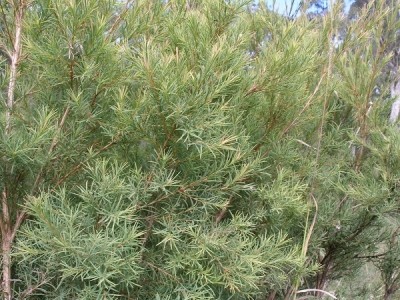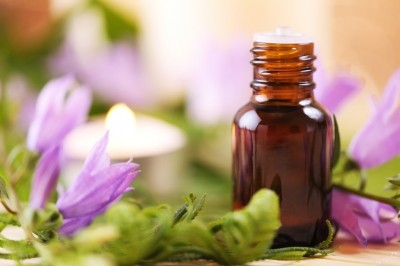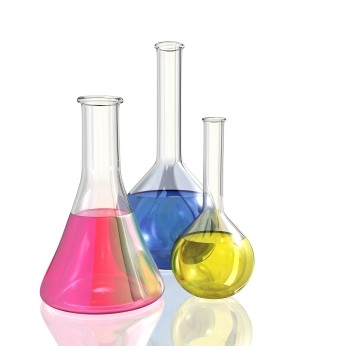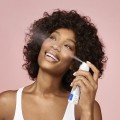Essential oils can reduce need for synthetic preservatives
The aim of the research, led by Alina Kunicka-Styrczynska at the Technical University of Lodz, Poland, was to evaluate the microbial activity of a number of essential oils and assess their preserving activity.
With the proliferation of natural and organic products there is a continuing search for efficient natural ways to preserve a product. Due to their known antimicrobial activity, essential oils are often positioned as potential solutions to this problem, but as the authors of the study point out, consumers have to be prepared to accept their strong fragrance.
Lavender, tea tree and lemon oils
During the study, lavender, tea tree and lemon oils were tested for their antimicrobial and antifungal efficacy in both a washing liquid and an oil in water soft body balm, against citeria set by the European Pharmacopoeia Commission.
“Criteria of Acceptance A and B are the regulations of European Pharmacopoeia Commission. [They are] worldwide-accepted rules used to check the effectiveness of any substances (synthetic or not) with preservation activity in pharmacy and cosmetics,” Kunicka-Styrczynska explained. This measurement refers to the pace at which the bacterial or fungal colony is reduced when the substance is added.
The antimicrobial activity of the essential oils alone, and in varying concentrations, was investigated against S. aureas, P. aeruginosa, Candida sp. and A. Niger.
Preservative systems containing essential oils at 1 per cent or under were effective against S. aureas, Candida sp. and A. niger; but no combination of essential oils alone in the washing liquid was effective against P. aeruginosa, according to the study.
However, adding 0.1 per cent of the synthetic preservative Glydant Plus Liquid (GPL) rendered the essential oil mixtures significantly more effective against A. Niger and P. aeruginosa, although this synthetic preservative at this concentration alone, would not affect these microorganisms.
In the soft body balm, the researchers found that adding a 5 per cent solubilizer (polysorbate 80) increased the effect of the essential oil tea tree on bacteria. This is suggested to be due to the solubilizer increasing the bioavialability of the essential oil.
Similar to the washing liquid, the essential oil’s ability to preserve the product was significantly improved by the addition of a small amount of GPL. Again, the researchers confirm that the mixture of 1 per cent tea tree oil, 5 per cent solubilizer and 0.3 per cent GPL was more effective than 0.3 per cent GPL alone.
The researchers conclude that essential oils can significantly decrease the amount of synthetic preservative needed in the formulation.
Formulation specific
However, the scientists did point out the necessity to test the efficacy of the essential oils combinations in each and every formulation as some synergistic or antagonistic effects may occur between ingredients in the products. For example, surfactants can often decrease the efficacy of the oils.
In addition, it is worth testing products for their allergic potential, Kunicka-Styrczynska explained.
“Generally, oils in applied concentrations do not show toxic affects in humans. [But], oils in cosmetics may be affected by the other components of the formulation, which give a synergistic effect. So the allergic testing for any individual cosmetic preparations is advised,” she said.
Source: International Journal of Cosmetic Science
doi: 10.1111/j.1468-2494.2010.00582.x
Lavender, tea tree and lemon oils as antimicrobials in washing liquids and soft body balms
A. Kunicka-Styczynska, M. Sikora and D. Kalemba











